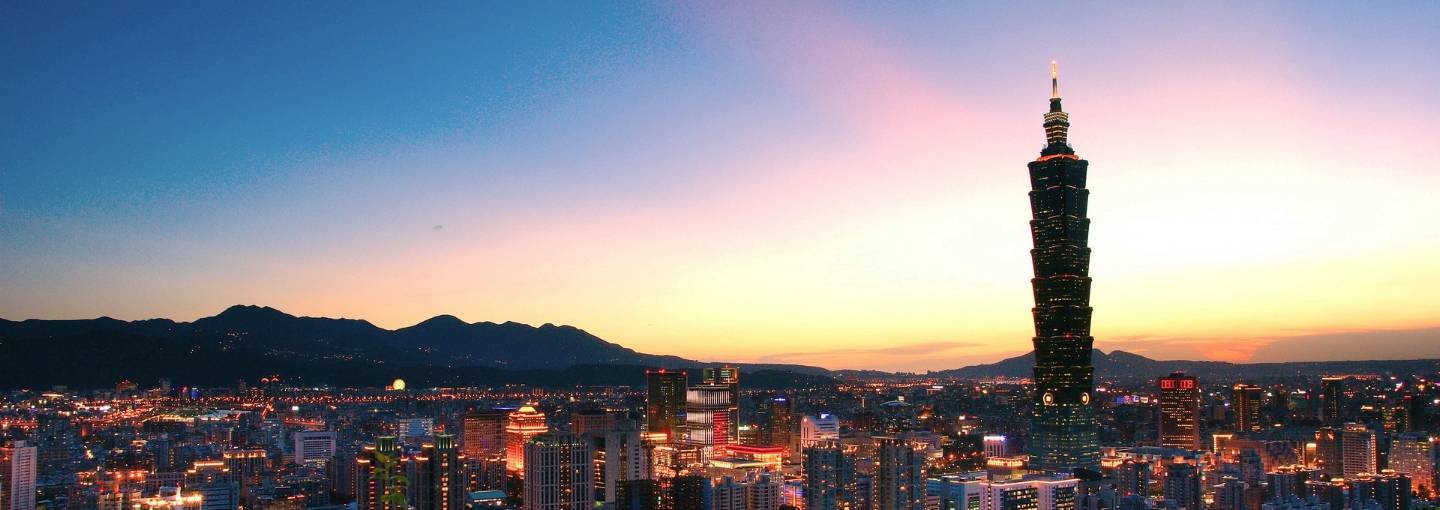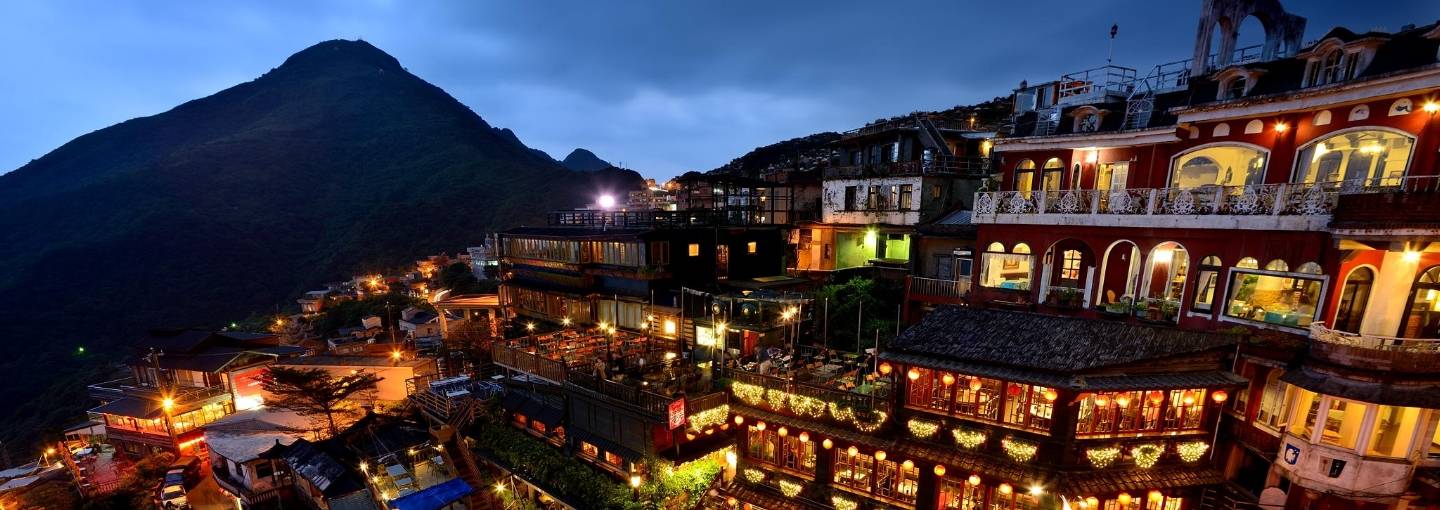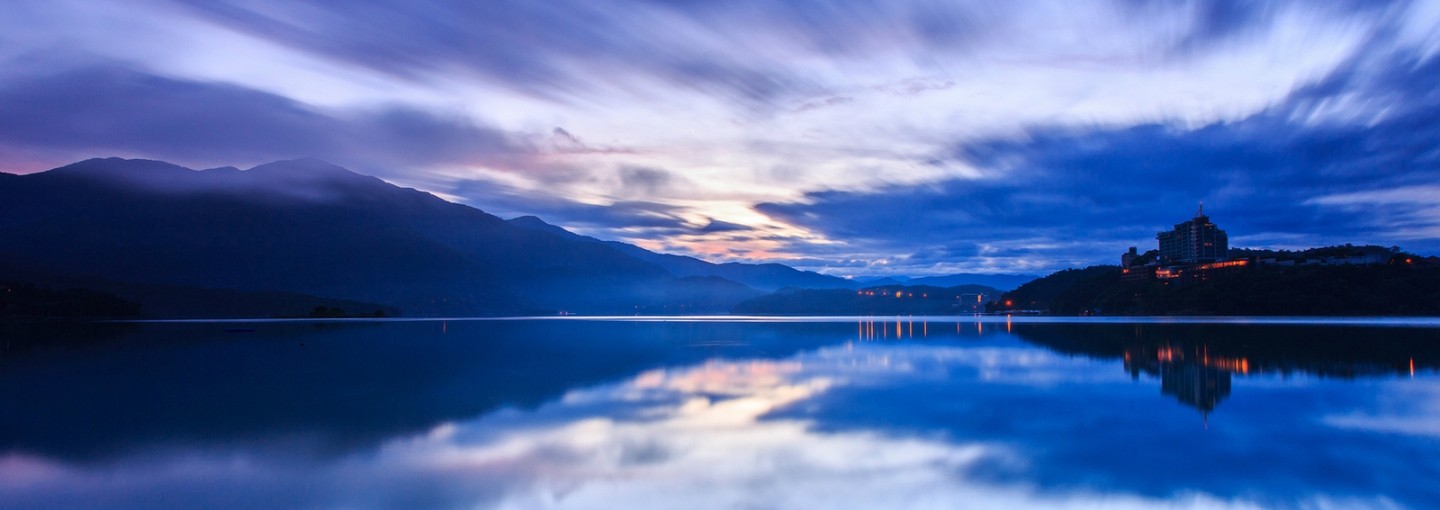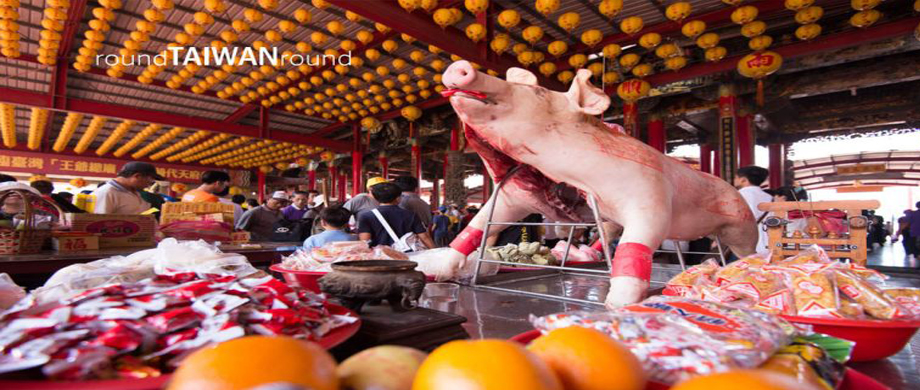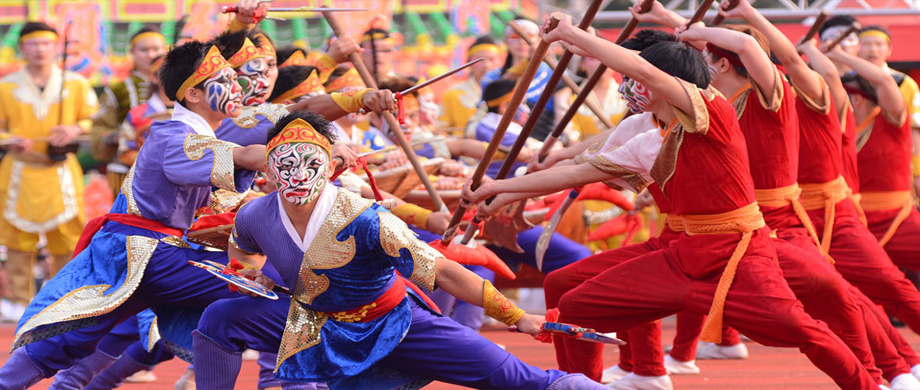Religious Activities
Dajia Mazu Pilgrimage
Mazu, the Goddess of the Sea, migrated to Taiwan with the people of Fujian Province in the 17th century to become one of the most revered deities on the island, where today about 870 temples are dedicated to her worship. Mazu's birthday falls in the third month of the Chinese lunar calendar, and at that time temples all over the island hold birthday activities including the burning of incense and tours of the deities around their domains. Some of the largest of the celebrations take place at Dajia’s Zhenlan Temple in Taichung City, Lugang’s Tianhou Temple in Changhua County, Chaotian Temple in Yunlin County, Datianhou Temple in Tainan City, and Fengtian Temple in Chiayi County. Zhenlan Temple’s is the largest celebration of all, and also has the longest history.
The pilgrimage from Dajia's Zhenlan Temple takes place during the third month of the Chinese lunar calendar, around the time of Mazu’s birthday. All sorts of festive activities are arranged at this time, including puppet stand theater performances, displays of embroidered banners, float parades, dragon and lion dances, and other events as the procession passes by. The nine-day procession passes through Changhua and Yunlin counties, and terminates at Fengtian Temple in Xingang, Chiayi County. Many devotees walk the whole trip.
The Mazu image which the pilgrims carry along with them is warmly welcomed at Fengtian Temple. The devotees prepare meat, fruit, and vegetables as offerings; firecrackers are discharged, and incense is burned. Another climax of the activities occurs when Mazu returns home to Dajia in her palanquin; along the route, one can see hundreds of thousands of devotees holding parties for friends, relatives, and the returning pilgrims.
Neimen Songjiang Battle Array
Origins of the Songjiang Battle Array
1.Some people trace the origins of the battle array to Song Jiang, a fictional bandit in the Song novel The Water Margin, otherwise known as All Men Are Brothers. According to this view, Song Jiang developed this type of martial art, with a focus on formation and a lesser emphasis on individual fighting, to train his followers for combat. The battle array is said to have been formed of 36 Tiangang star gods and 72 Disha star gods.
2.Another version is that the battle array is a boxing branch of the Shaolin School of martial arts handed down from the period of the Shaolin Shantao boxing, lion formation, and sword lion formation.
3.Some people believe that the Songjiang Battle Array in Taiwan was a type of training used by Zheng Cheng-gong (Koxinga) to prepare his troops to defend the coastal areas of Taiwan during the late Ming Dynasty. At that time, Song Jiang had a deep influence on popular respect for morally courageous revolutionaries. In their campaign to overthrow the Qing government and restore the Ming Dynasty, Zheng Cheng-gong and his army from Fujian were compared to the heroes of Liangshan (Liang Mountain) Marsh of The Water Margin. The martial arts skills used by the army became the prototype of the Songjiang Battle Array.
Composition of the Songjiang Battle Array: The original Songjiang Battle Array was composed of 108 heroes who were said to be transformed from the 36 Tiangang star gods and 72 Disha star gods. Today, the Songjiang Battle Array is generally composed of 36 members. The reduced size is due to social changes in Taiwan and the belief that 108 is an inauspicious number. In Taiwan, the traditional Songjiang Battle Array is active in KaohsiungCity, with a large number of battle array groups in Dashu District and Neimen District; in terms of related temple activities, however, Neimen District occupies a central place in the Songjiang Battle Array in Taiwan. Originally known as "Luohanmen," Neimen has a population of less than 30,000, but there are 15 Songjiang Battle Array groups in the township. This is due largely to the dedication of the temple committees of Neimen’s Zizhu Temple and Nanhai’s Zizhu Temple keeping this colorful tradition alive and bringing it to the international stage.
Burning of the Plague God Boat in Donggang
The burning of the plague god boat is a folk ritual practiced by fishermen in southwestern Taiwan. The original purpose of this ritual was to send the Plague God out to the sea, taking disease and pestilence along with him. Today, it has become an activity whose purpose is to solicit peace and good fortune. In Donggang, Pingtung County, the festival is held once every three years, around the ninth month of the Chinese lunar calendar, at Donglong Temple. There is also another festival, held in the middle of the fourth month, at Qing’an Temple in Xigang, Tainan County. Generally, the Donggang event is larger. These celebrations include large-scale temple activities which climax with the burning of the plague god boat on the last day.
The Donggang boat-burning celebration runs for eight days and seven nights. According to custom, first the boat is set on fire by devotees as other participants prepare goods for the symbolic trip. Then a big fire is made--to force any bad spirits and the Plague God to go aboard)--and the boat is finally burned as the devotees pray for peace.
Kunshen Wangye's Salt for Peace Festival
The salt industry enjoys a long history along the southwest coast of Taiwan, dating back to the Ming and early Qing dynasties. The industry was based on solar evaporation of seawater using complex and highly skilled techniques, and it was one of Taiwan's biggest industries for nearly 340 years. It contributed significantly to the country's economic development and provided an essential product for the people's daily life. Although Taiwan has not been a major salt producer since 2002, the Southwest Coast National Scenic Area Administration maintains a traditional working salt field to preserve the history of this important industry in Taiwan.
Late fall to early winter is the best season for observing sea-salt production, thanks to strong coastal winds and scarce rainfall. Several salt-themed activities are held at this time, including the Kunshen Wangye's Salt for Peace Festival at Nankunshen’s Daitian Temple and in Beimen, a center of the traditional salt industry. These events take visitors back to an earlier time when salt was the spice of life on the southwest coast of Taiwan.

